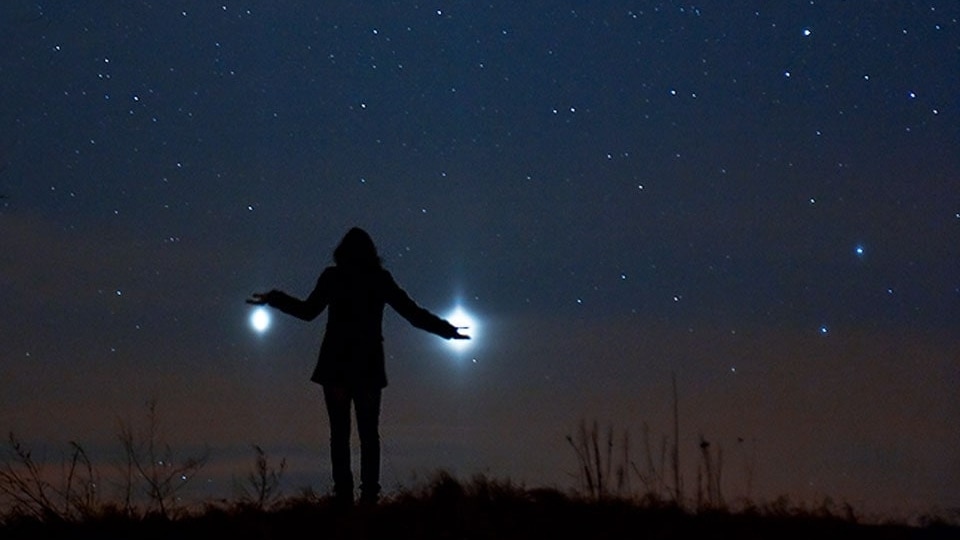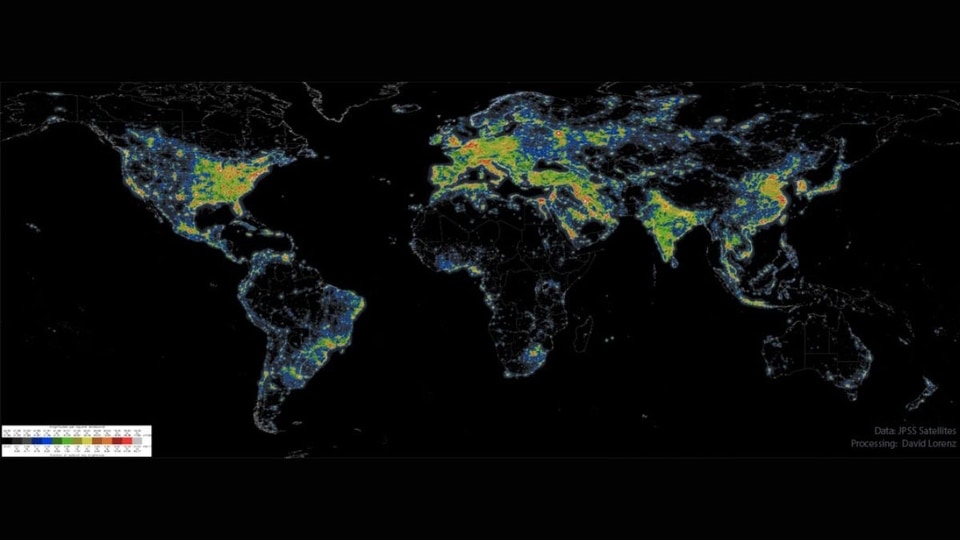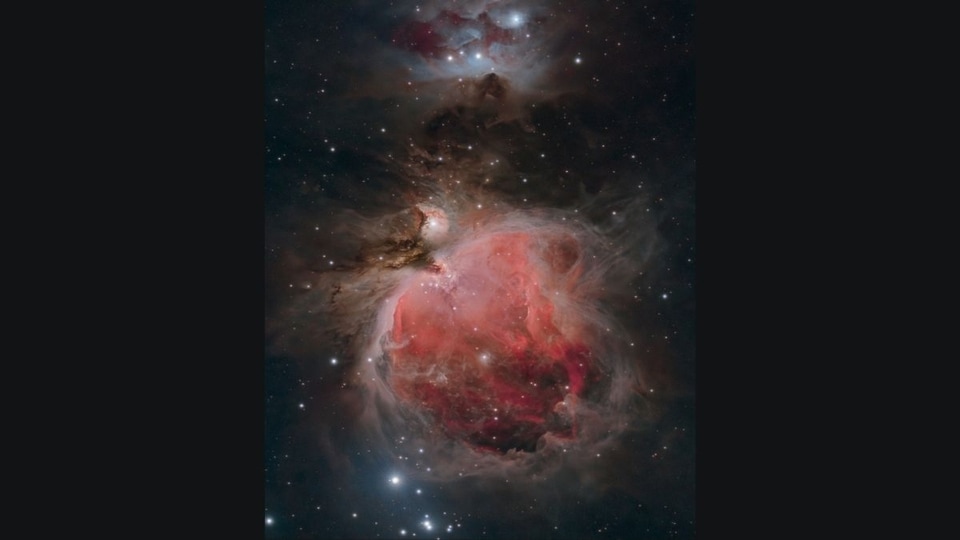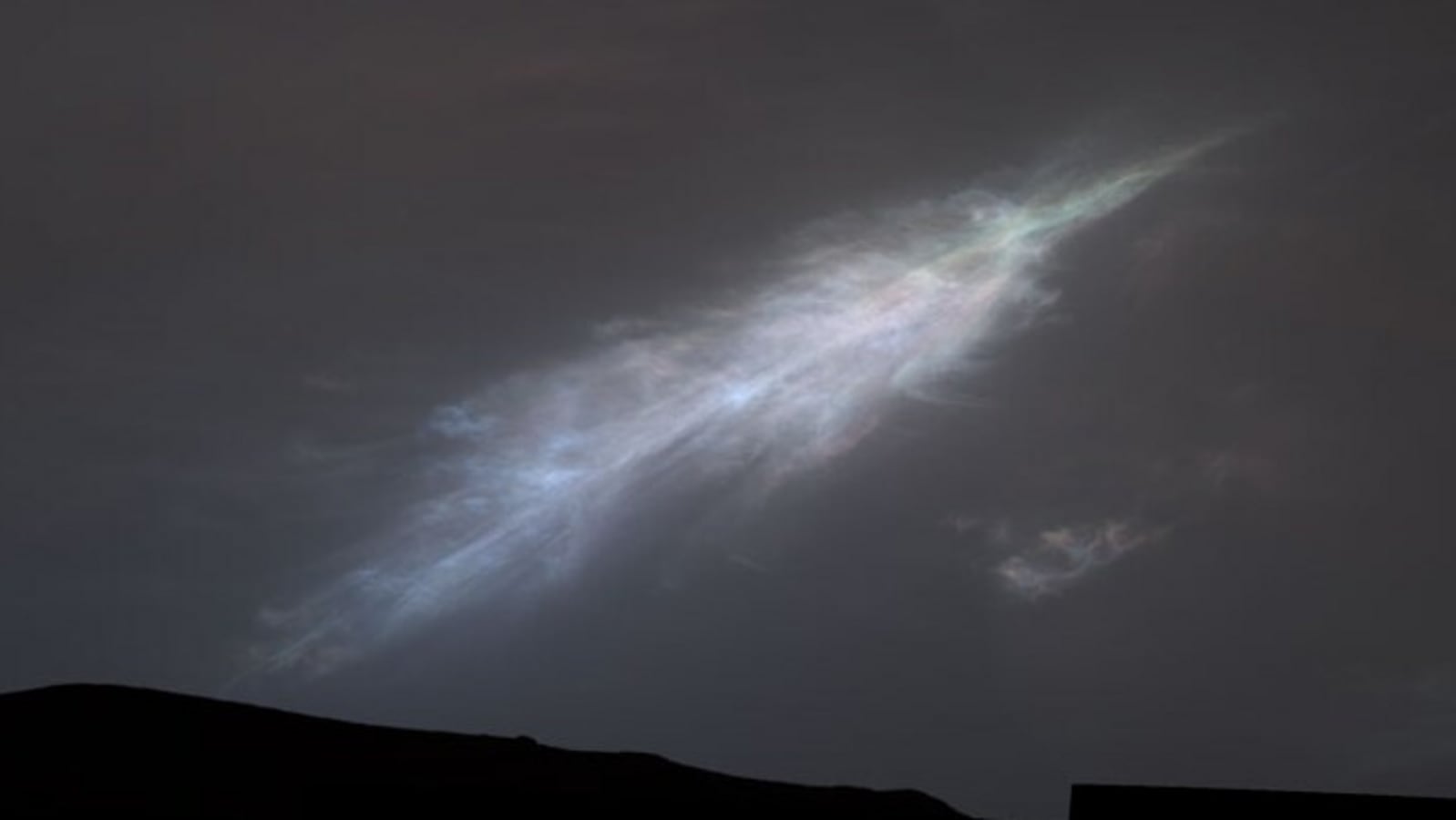In a first, NASA Curiosity rover captures Sun rays on Mars
NASA Curiosity rover has taken a stunning photo of visible Sun rays on Mars for the first time ever since it landed. Know why it is so difficult to see them on the Red Planet.






 View all Images
View all ImagesIn its long and remarkable tenure on Mars, the NASA Curiosity rover has reached some significant milestones and discovered some really interesting things. The rover was first deployed on the red planet in 2012 and it continues to collect samples and look for signs of life on the planet. Recently, it discovered a bizarre rock formation that looked just like a duck. And now, it has captured a stunning image of a phenomenon which is extremely rare to see on Mars — visible Sun rays.
It should be noted that while sunlight does make its way to Mars' surface just like it does on the Earth, visible Sun rays is not something which is commonly seen. A visible Sun ray is seen on our planet on a hazy day when sunlight is scattered by dust, smoke or other particles. These visible rays are not as common on the red planet, however.
NASA Curiosity rover captures rare Sun rays on Mars
The NASA Curiosity rover captured this stunning image on February 2, as it was conducting a twilight cloud survey. The image, which is part of a panorama shot consisting of 28 individual photos, was shared by the official Twitter handle of Curiosity on March 6. The tweet mentioned, “As I watched the sunset last month, I captured something spectacular: My team says these are some of the most clearly visible images of sun rays we've ever seen on Mars”.
Clouds on Mars are made up of ice crystals of water and carbon dioxide at an average altitude of 60 kilometers from the surface. However, the ones pictured are much higher than that, which is why the phenomenon became visible.
The sun rays on Mars appear white in color unlike on Earth where they are seen in yellowish tint. This is due to the fact that the Martian planet has a very thin atmosphere and the sunlight does not scatter much.
While it may seem like an inconsequential discovery, it helps astronomers form a better understanding of the atmosphere of Mars, its composition and the differences between it and the Earth.
Catch all the Latest Tech News, Mobile News, Laptop News, Gaming news, Wearables News , How To News, also keep up with us on Whatsapp channel,Twitter, Facebook, Google News, and Instagram. For our latest videos, subscribe to our YouTube channel.




























